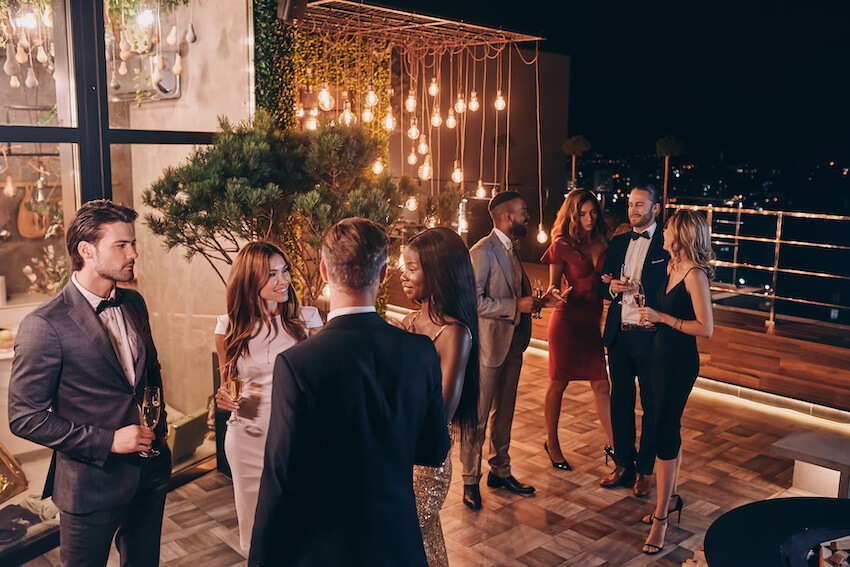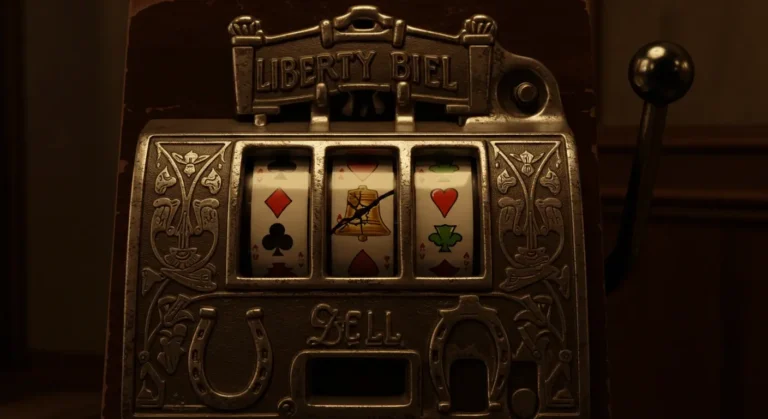
Finding the right dress for any occasion can be a sartorial challenge, but when armed with knowledge of the latest trends, making a fashion statement becomes a breeze. Whether you’re attending a casual get-together or a formal event, the perfect outfit can amplify confidence and ensure you’re dressed appropriately. Understanding the nuances of casual elegance and the evolution of formal wear helps in curating a versatile wardrobe that can adapt to any social event, influenced by the season’s fashionable offerings. Below, we explore the top trends and wardrobe essentials that promise to keep your style up-to-date and on point. Keep reading to become a connoisseur of both casual and formal dress codes.
Embracing Casual Elegance: The Rise of Smart Casual Trends

Casual elegance redefines everyday fashion by merging comfort with refinement. Smart casual trends emphasize sleek lines, minimalist designs, and neutral tones that create a polished yet relaxed aesthetic. Textured fabrics like knits and lightweight denim add subtle dimension, while versatile layering allows seamless transitions from day to night. The focus is on effortless sophistication rather than ornate detailing, making it both practical and stylish.
Mixing tailored and relaxed pieces—such as cardigans with skirts or blazers with cotton trousers—has become essential to mastering this look. Accessories and footwear fine-tune the outfit’s tone, shifting from casual to professional with ease. The essence of smart casual lies in balancing ease with elegance, adaptable to any occasion.
The Evolution of Formal Attire: Modern Twists on Classic Styles
Formalwear is evolving as designers reimagine timeless pieces with contemporary flair. Modern silhouettes, innovative fabrics, and bold details like asymmetrical necklines and strategic slits are redefining elegance. Men’s tuxedos, while still iconic, are being refreshed with velvet textures, colored satin lapels, and striking patterns that bring individuality to traditional black-tie looks.
Women’s gowns blend classic sophistication with artistic innovation, merging flowing trains and sculpted designs for a balance of grace and drama. Luxurious materials such as silk and brocade heighten the sense of opulence. Today’s formal events celebrate personal expression, as wearers embrace daring yet refined styles that honor tradition while pushing fashion forward.
Versatile Wardrobe Essentials for Every Social Event
A versatile wardrobe thrives on pieces that easily transition between settings. Essentials like a tailored blazer or well-fitted denim can move seamlessly from day to night, offering structure and style for both casual and formal occasions. Premium jeans paired with a silk blouse or a relaxed weekend fit demonstrate how adaptability defines timeless fashion.
The key to effortless dressing lies in selecting adaptable staples. Casual and formal dresses, such as a classic little black dress or a chic midi wrap dress, solve nearly any outfit dilemma. Paired with transformative accessories—like scarves, belts, or statement jewelry—these pieces ensure you’re always ready for any occasion with refined ease.
Seasonal Influences on Casual and Formal Dress Codes
Seasons shape fashion choices, influencing what’s appropriate for casual and formal wear. Warmer months bring lightweight fabrics and bright hues—linen dresses, cotton suits, and silk blouses offer comfort and refined simplicity. As temperatures drop, wardrobes shift toward layering and richer materials like wool, velvet, and embellished gowns, complemented by deep jewel tones that echo the season’s atmosphere.
Holiday periods add their own flair, with sequins and metallics dominating festive collections. Transitional pieces such as tailored coats and elegant shawls make seasonal shifts effortless, balancing function with sophistication. Layered ensembles and versatile fabrics ensure style remains consistent despite changing climates and the evolving rhythm of each season.
Dressing for Success: How Attire Influences Perception in Professional and Social Settings

Clothing often speaks louder than words in both professional and social settings. Dressing for the role you aspire to reflects ambition, confidence, and attention to detail. A tailored suit or polished outfit can signal authority and readiness, especially in interviews or board meetings. Likewise, appropriate attire in social events—like a refined dinner dress or stylish jacket—shows respect for the occasion and awareness of social cues, helping shape others’ perceptions before you even speak.
Color psychology also plays a key role in how attire influences perception. Shades like blue convey trust and reliability, while red evokes confidence and assertiveness. Aligning one’s outfit with the event’s tone enhances comfort and self-assurance, leading to more positive and meaningful interactions.
Overall, mastering the art of dressing for any occasion involves a delicate balance between trends, classic elements, and personal style. Staying informed on the evolution of both casual and formal trends, along with investing in versatile wardrobe staples fit for every season, ensures that you’re always prepared. Whether you’re looking to make a statement or simply harmonize with the crowd, understanding how attire influences perception is key to dressing for success in all realms of life.



